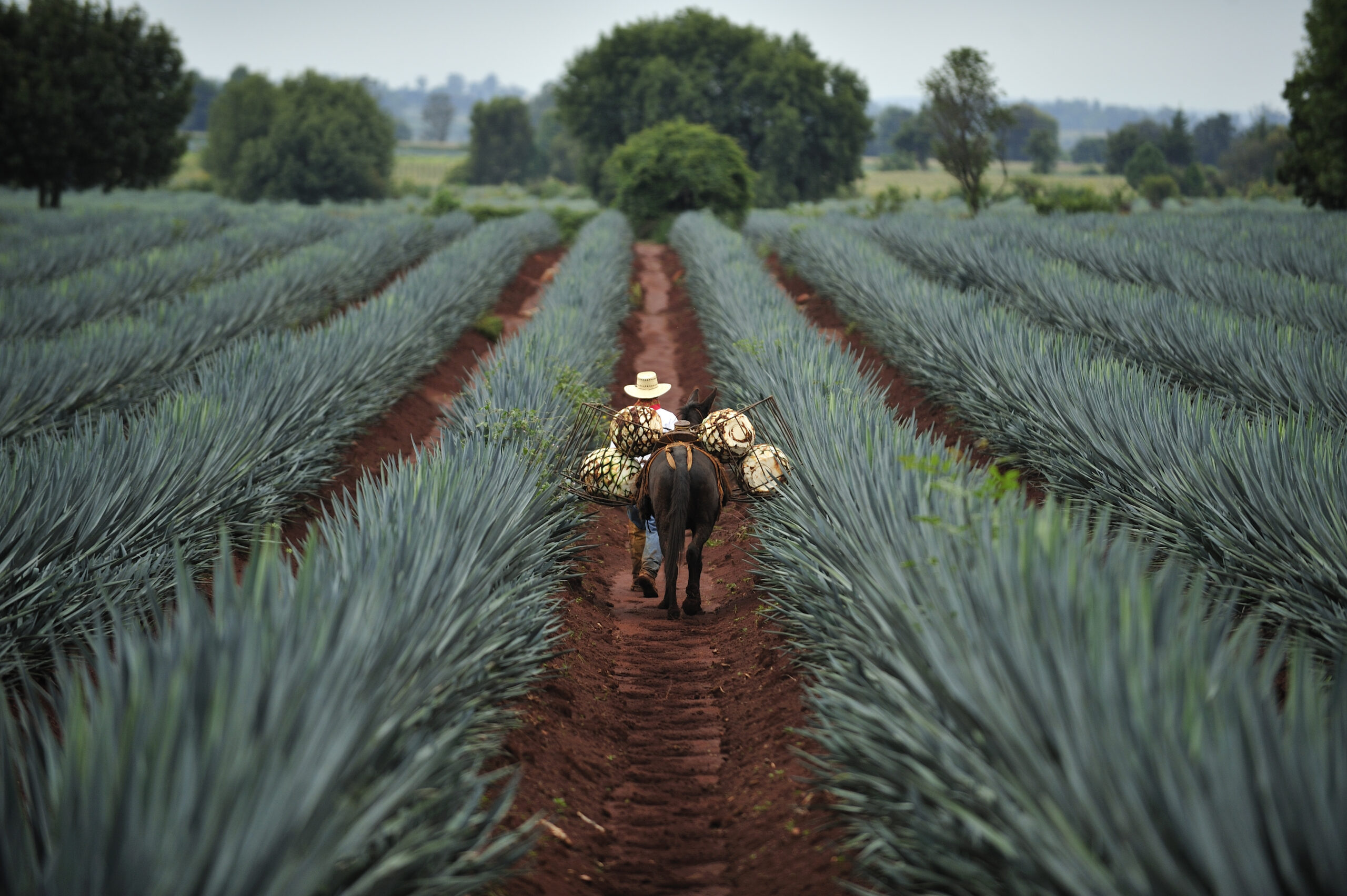By Natasha Jaramillo
There’s a phenomenon spreading like wildfire within the spirits industry, a phenomenon you’re probably very familiar with. Yes, if you read the title of this post, it is the rise of celebrity owned tequila brands. What started with George Clooney’s massive Casamigos success has now transitioned into a rite of passage for some of our favorite stars.
Before we get into the subdivision of celebrity owned tequila, it’s important to understand the incredible growth of the category itself in the past few years. According to IWSR, data shows that volume consumption of tequila in the US grew by 8.3% in 2019 alone and is forecast to grow by another 5 million twelve-bottle cases by 2024. Big contributors to tequila’s rise on the homefront are premiumization, and celebrities.
According to BevAlc Insights by Drizly, “a whopping 27 percent of all tequilas sold on Drizly carry a price tag of $100 and up. Within the sub-$100 price range, the $40 to $50 price range and $50 to $60 price ranges are the most popular, holding 17 percent and 16 percent of share, respectively.” According to Shanken’s Impact Databank Review & Forecast 2022 Edition, the category has climbed ahead of American whiskies and vodka and is the only spirit with segments priced over $25 making up more than half of tequila’s volume. The premiumization and overall popularity of tequila can be attributed to a few reasons, but for all intents and purposes, we’ll focus on the impact of celebrity owned brands, and one in particular: Casamigos.
What began as an idea between George Clooney and friend Rande Gerber in 2013 evolved into a $1 billion business in June 2017 after the two sold the brand to Diageo. Eight years later, Casamigos is not only still the hottest celebrity tequila, but the top tequila brand on Drizly for two years in a row. The success story acted as a catalyst for what is now a category dominated by celebs such as The Rock, Kendall Jenner, and Michael Jordan. In its first year alone, Teremana Tequila went on to sell 300,000 cases.
In the wake of all this star power comes a rippling effect on the industry as a whole, both positive and negative. The positive: tequila is on everyone’s minds and lips, literally. The global tequila market generated US$12.89 billion in 2021, according to Allied Market Research. This is expected to grow at a compound annual growth rate of 6.6% from 2022 to 2031. The negative: tequila must be produced in a set geographical area and only from one type of agave. These rather tight parameters have naturally caused agave shortages.
With cases flying off the shelves, distillers are forced to search for workarounds to counteract the insatiable demand. One notable change, doctors at the Autonomous University of Guadalajara in Mexico have concluded that young agave plants (4-6 years old) can be used in the production of tequila without altering quality and authenticity, compared to the 7-10 year old plants traditionally used.
What’s next for the category, aside from the predicted astronomical growth? Our guess: brand owners will begin to tap into the growing demand for agave spirits in a number of ways. In fact, according to IWSR, the agave-based category is expected to grow at 7% volume CAGR, from 2021-2026. With consumers increasingly aware of and educated about the sourcing of raw materials, brands are continuing to explore the impact of local terroir as they bring new products to market, whether they hail from Mexico or other countries, such as Australia or South Africa.
Agave spirit producers outside of Mexico are not as prohibited in regulation when compared to traditional tequila and mezcal producers. With that being said. producers are able to show off their creativity and potentially kick off a new agave-based trend in the years to come. According to Brandy Rand, Chief Strategy Officer of IWSR Drinks Market Analysis, “alternative agave spirits are already being produced in countries outside Mexico – and, over a longer timescale, these could challenge tequila in meeting growing global agave spirit demand.” Sky’s the limit for the spiky plant. The real question is – which celebrity will capitalize on this up-and-coming trend first?


